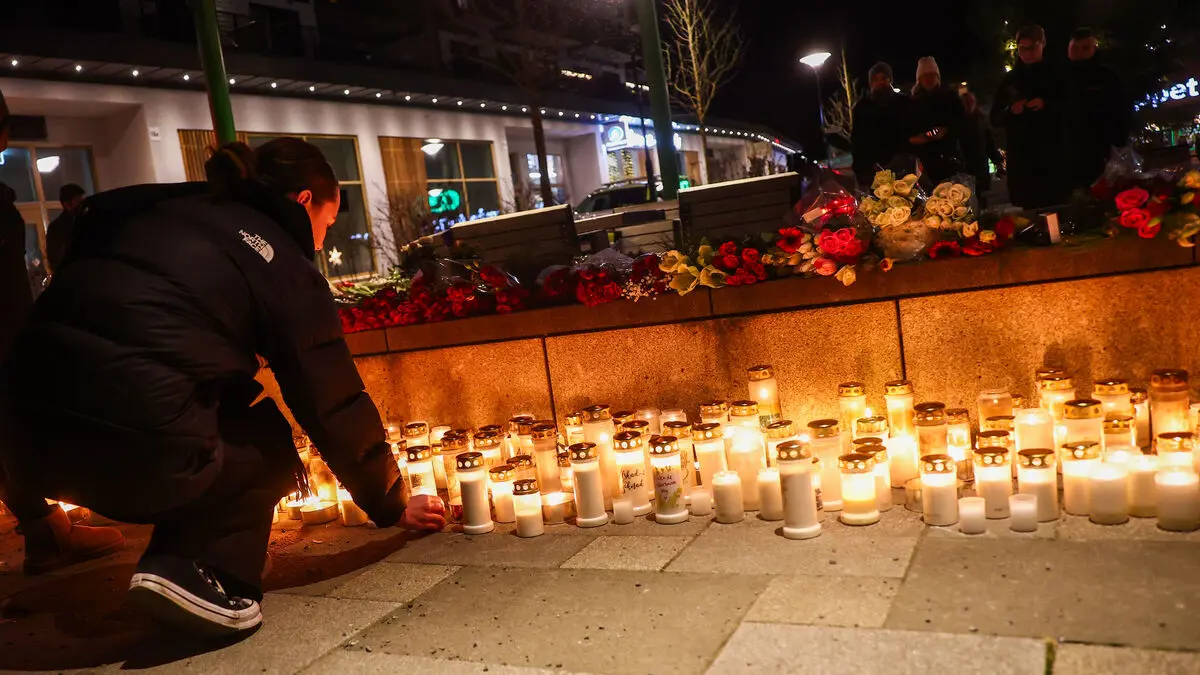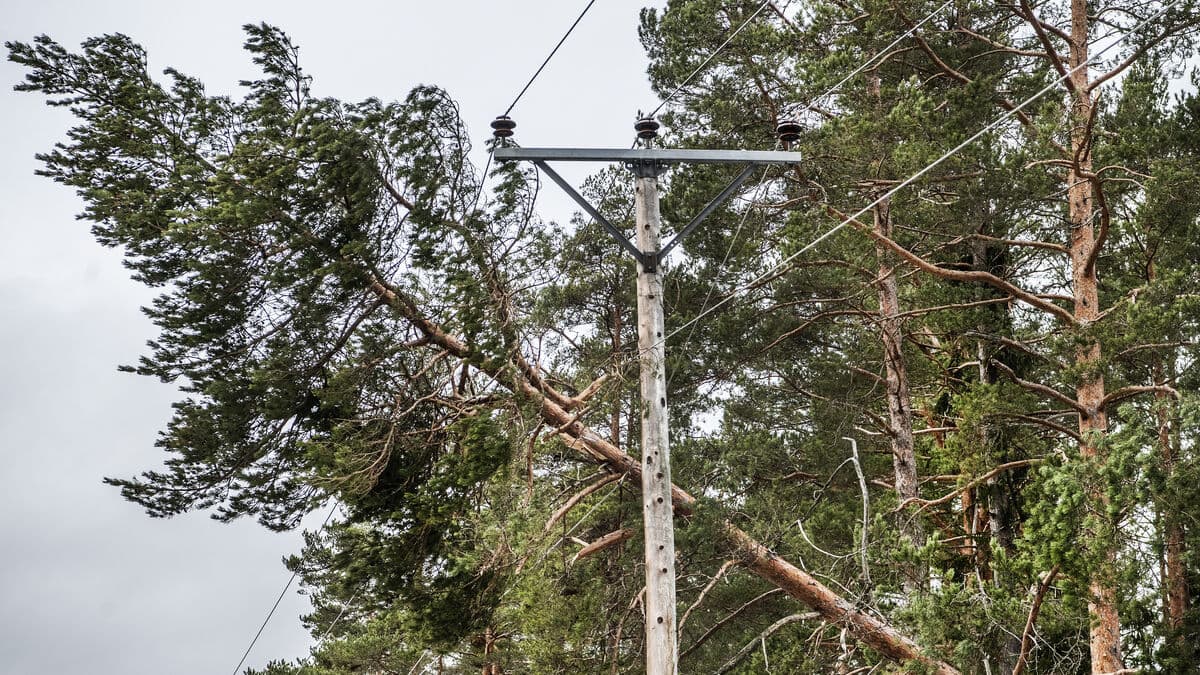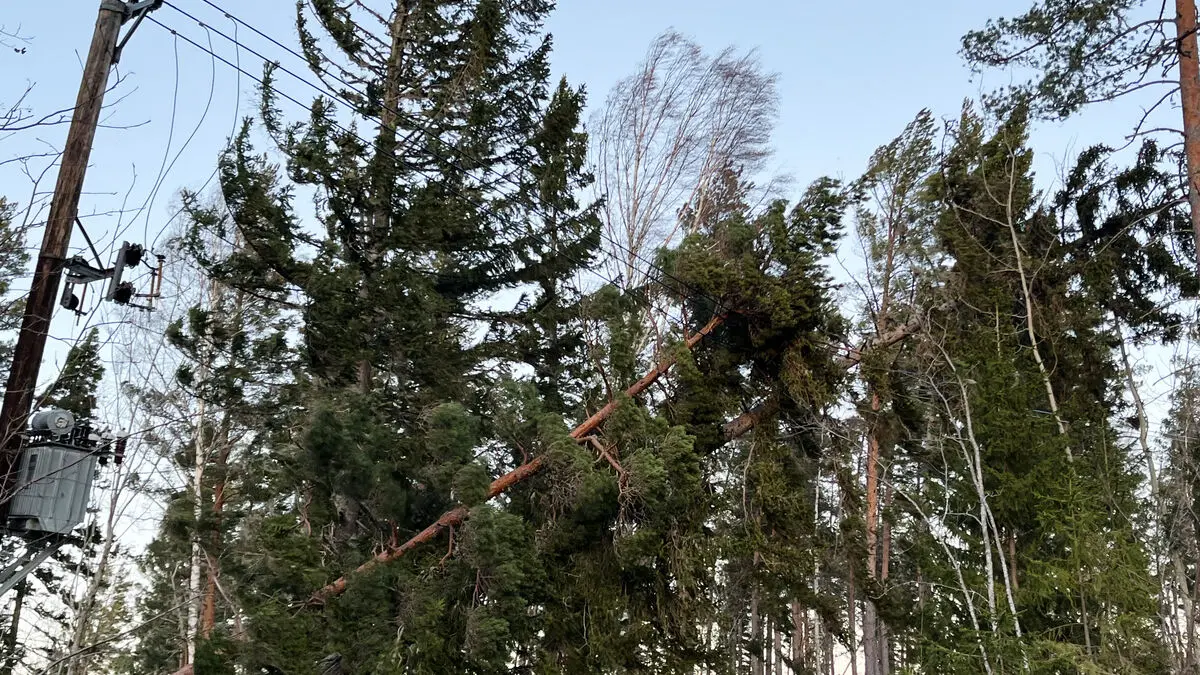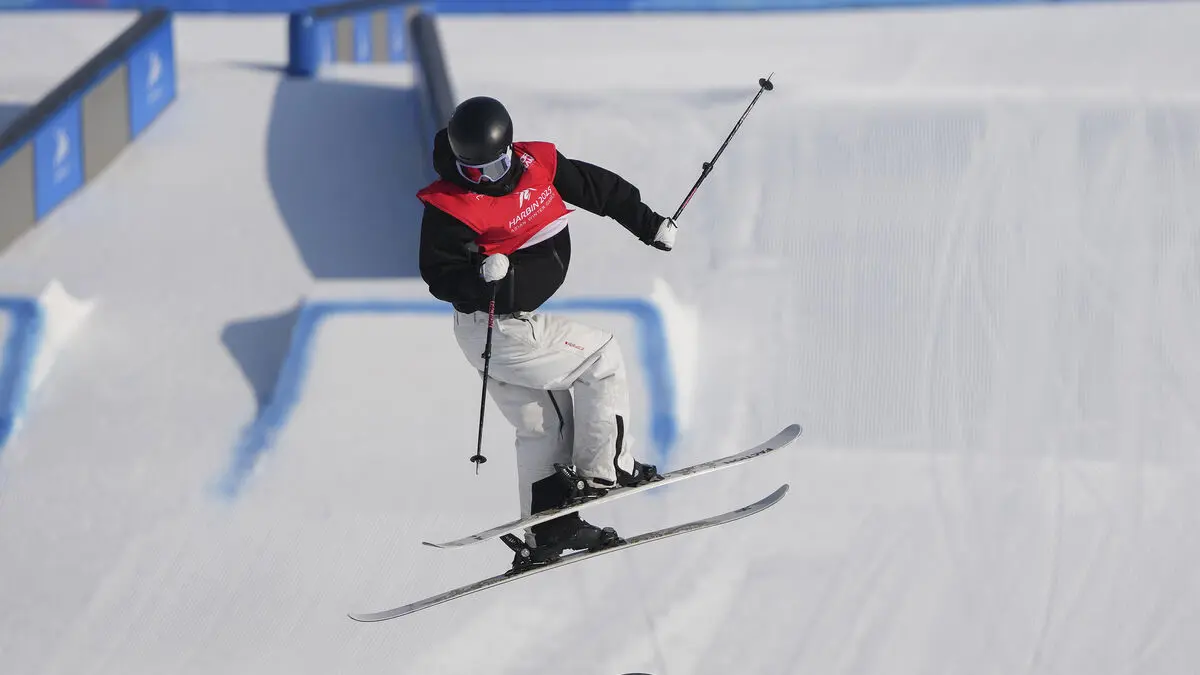On Friday evening, around ten explosions were heard in the working-class quarters in southern Beirut, where Hezbollah has its headquarters and stronghold. Several high-rise buildings with apartments collapsed into piles of rubble and steel beams when an area the size of a football field was practically leveled to the ground.
It was around 80 tons of bombs that were detonated in a series of timed explosions, according to a source within the Israeli military for the American newspaper The Wall Street Journal.
About 18 meters under the apartment buildings, in a bunker, Hezbollah's top leadership had gathered for a meeting.
We had real-time intelligence that Nasrallah was gathering with many senior terrorists, says Nadav Shoshani, spokesperson for the Israeli military, to the newspaper.
Only a few hours before the meeting, the Israeli intelligence service had learned that it would take place, according to WSJ's information.
Planned for months
Israel is said to have planned an attack like this for several months. Concrete discussions about trying to assassinate Hezbollah's top leader began a few days before the attack.
The plan behind the attack was to use the timed bombs to dig into the ground to reach the bunker. The Israeli military has released images of what is said to be eight planes that carried out the attack, but has not specified which bombs were used.
News agency AP has reviewed the military's images and believes that the planes were equipped with so-called deep-penetrating bombs, which are designed to be able to penetrate hard barriers such as bunker walls. These appear to have been equipped with precision systems.
This ammunition has been manufactured in the USA, and the American government has recently allowed its delivery to Israel, says conflict and arms researcher Richard Weir at human rights organization Human Rights Watch to AP.
Searching in craters
On Sunday, many people gathered around the devastated quarter – some to visit their destroyed homes, some to mourn and pray, and others to see the extensive damage.
There, several craters could be seen where rescue workers seemed to have dug down up to 30 meters into the ground to find and retrieve remains.
Six deaths have been confirmed, but several people who were on the scene on Sunday said they were missing relatives.
An Islamist movement, created in the early 1980s as a reaction to a conflict situation similar to today's.
The Palestinian Liberation Organization (PLO) had used southern Lebanon as a base for attacks against northern Israel, which led Israel to invade in 1982. Inspired by the Islamist revolution in Iran a few years earlier, Lebanese Islamists formed the Shia movement Hezbollah ("God's party"), a name chosen by the Iranian leader Khomeini.
A declared main goal has been to expel all "colonialists". In practice, this has meant that much of the armed struggle has been directed against Israel – seen as the representative of the Western world in the Middle East.
Hezbollah has been a political party in Lebanon since 1982 and functions as "a state within a state", with a military power at least as great as the country's army and a strong role in politics and social life.
The Iran-backed movement has been terrorist-listed by several countries, while others have chosen to only terrorist-list its armed branch.





